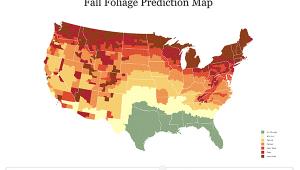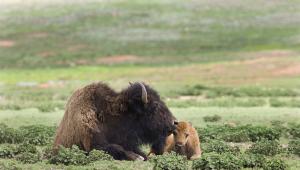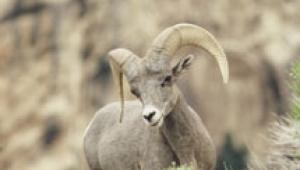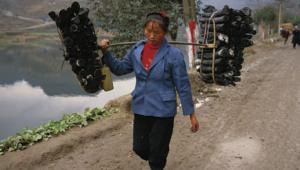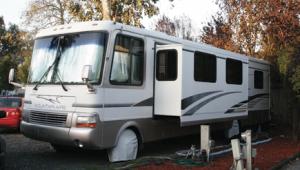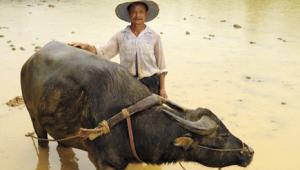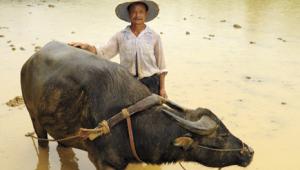Creative Seeing; Visualize The Final Result When You Snap The Shutter
All photographs start with a great in camera image, right? Well, not really.
A good photograph begins as an idea, a vision of how to isolate an interesting
subject or subjects in a cluttered scene that will tell a story or communicate
an idea or an emotion when a picture is viewed by the photographer and by others.
To illustrate the idea of seeing creatively, I'd like to share with you
just a few of the pictures I took during a Joe Van Os workshop I co-lead (with
photographer Darrell Gulin) on Ponderosa Ranch in Seneca, Oregon.
All of these pictures have been tweaked a bit in Adobe's Photoshop and
in Camera Raw, but no special effects or filters have been applied. So, basically
they are "straight" shots. I've included technical data for
each picture to give you an idea of what camera settings and lenses I used.
Let's ride.
Light Catchers
From a technical standpoint, when you take a picture, all you are doing is recording
light. So, you could be called a "light catcher" or a "light
gatherer."
Keeping that in mind when you are looking through the viewfinder will help you
get good exposures--if you learn how to "see the light," that
is, you learn how to identify the highlight and shadow areas of a scene and
set the exposure accordingly.
For all of my pictures, I set the exposure for the highlights, because I don't
want them overexposed. In this picture of a cowboy at sunset, for example, I
set the exposure for the bright sky area, which resulted in a nicely silhouetted
subject.
Sure, you can rescue an f/stop or more of overexposed highlights in Adobe's
Camera Raw, and adjust the shadow and highlight areas in Photoshop using the
Shadow/Highlight feature, but if you start with a good exposure, you'll
have more time to be
creative in Photoshop.
Light Catchers |
|
 |
|
|
Technical info: Canon EOS-1Ds Mark II, Canon 100-400mm IS
lens at 400mm, 1/500 sec at f/8, ISO 200.
Make Pictures
There is a big difference between taking pictures and making pictures. My workshop
co-leader Darrell Gulin and I made, or set up or helped to set up, most of the
pictures in this lesson. That is, we also worked with the subjects to get exactly
the kind of pictures we envisioned in our minds.
This picture, like a scene from a Wild West movie, was totally set up. We picked
the time of day. We picked the location for the backlit horses to ride out of
a cloud of dust. We also selected the location for the photographers. Those
directions yielded a picture that probably would be impossible to get by chance.
So, when you take the time to make pictures, you get pictures that go beyond
a simple snapshot.
Make Pictures |
 |
Technical info: Canon EOS-1Ds Mark II, Canon 100-400mm IS
lens at 400mm, 1/500 sec at f/8, ISO 800.
Think Creatively
When you are out in the field, use your imagination to compose pictures in your
mind that others may not envision.
To use the cliché, think outside of the box--or frame!
This picture illustrates how a unique angle (shooting from ground level) and
viewpoint (shooting between the legs of a the cowboy) yielded a creative photograph.
What added to this scene is that everything is in focus, from the cowboy's
spurs to the building in the background. That was the result of using a very
wide angle lens set to a small aperture.
Think Creatively |
 |
Technical info: Canon EOS-1Ds Mark II, Canon 15mm lens, 1/30
sec at f/11, ISO 100.
- Log in or register to post comments
